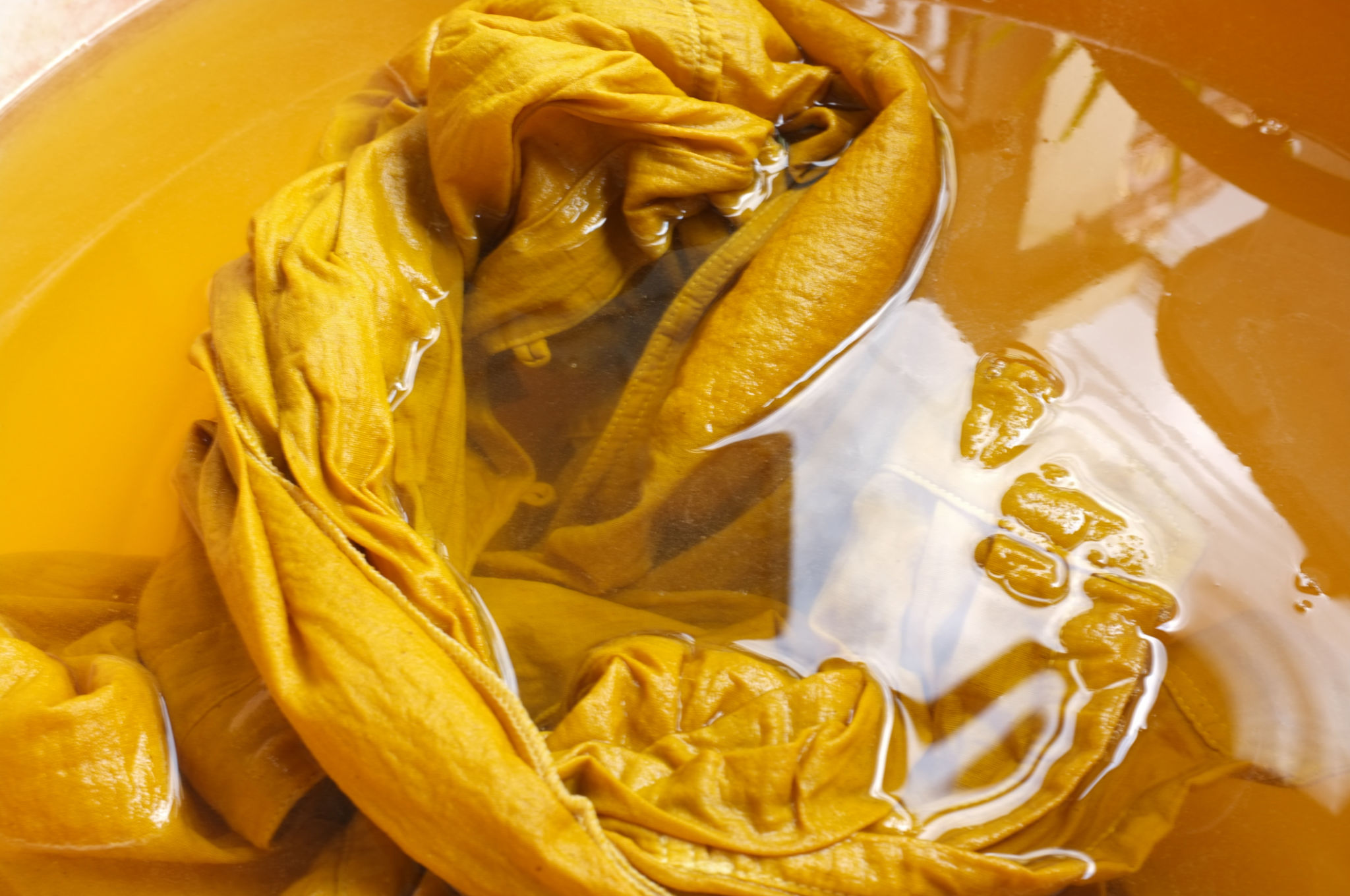The Ultimate Guide to Natural Dyes: Discover the Vibrant World of Plant-Based Colors
Understanding Natural Dyes
Natural dyes have been used for centuries, offering a sustainable and eco-friendly alternative to synthetic colors. Derived from plants, minerals, and even insects, these dyes provide a rich palette of hues that are both vibrant and unique. Unlike synthetic dyes, natural dyes are biodegradable and often non-toxic, making them an excellent choice for environmentally conscious consumers.
The art of using natural dyes is not only about achieving beautiful colors but also about connecting with nature and preserving traditional crafts. With an increasing interest in sustainable fashion and lifestyle, learning about natural dyes is more relevant than ever.

Benefits of Using Plant-Based Dyes
One of the most significant benefits of plant-based dyes is their minimal environmental impact. These dyes are sourced from renewable resources and do not rely on harmful chemicals during the dyeing process. As a result, they are less polluting to our waterways and ecosystems.
Additionally, plant-based dyes can offer therapeutic benefits. Many plants used for dyeing, such as turmeric and indigo, have natural antimicrobial properties. Wearing fabrics dyed with these materials can provide added health benefits.
Popular Plants Used for Dyeing
Here are some commonly used plants that produce stunning colors:
- Indigo: Known for its deep blue hues, indigo is one of the most famous natural dyes.
- Turmeric: This spice produces a bright yellow color and is also known for its medicinal properties.
- Madder: Used to create shades of red and pink.
- Onion Skins: Surprisingly, these can produce a range of colors from pale yellow to a rich orange.

How to Start Dyeing with Natural Dyes
Getting started with natural dyeing at home is easier than you might think. Here’s a simple step-by-step guide to help you begin your dyeing journey:
- Gather your materials: You’ll need fabric or yarn, a mordant (such as alum), your chosen plant material, and a large pot.
- Prepare the fabric: Wash your fabric to remove any impurities that may affect dye absorption.
- Create the dye bath: Boil your plant material in water to extract the dye.
- Mordant the fabric: Immerse your fabric in a mordant solution to help the dye bind to the fibers.
- Dye the fabric: Add your fabric to the dye bath and simmer until you achieve your desired color.
- Rinse and dry: Rinse the fabric thoroughly and allow it to dry.

Caring for Naturally Dyed Fabrics
Caring for naturally dyed fabrics requires some special attention to maintain their vibrant colors. Always wash them in cold water with a mild detergent and avoid direct sunlight when drying. This will prevent fading and ensure the longevity of the colors.
Another tip is to wash naturally dyed items separately to avoid any color transfer. Over time, natural dyes may fade slightly, but this adds to their charm and uniqueness.
Conclusion: Embrace the Beauty of Nature
Natural dyes offer a beautiful way to embrace sustainability in fashion and crafts. They connect us with nature and traditional practices while providing vibrant colors that are kind to the planet. Whether you’re a seasoned crafter or a beginner looking to explore new creative avenues, natural dyeing opens up a world of possibilities. So why not give it a try and add a splash of nature’s palette to your life?
